Netty深入浅出笔记

1. NIO基础
1.1 三大组件
1.1.1 Channel & Buffer
Java NIO系统的
核心在于:通道(Channel)和缓冲区(Buffer)。通道表示打开到 IO 设备(例如:文件、套接字)的连接。若需要使用 NIO 系统,需要获取用于连接 IO 设备的通道以及用于容纳数据的缓冲区。然后操作缓冲区,对数据进行处理
channel 有一点类似于 stream,它就是读写数据的
双向通道,可以从 channel 将数据读入 buffer,也可以将 buffer 的数据写入 channel,而之前的 stream 要么是输入,要么是输出,channel 比 stream 更为底层
简而言之,通道负责传输,缓冲区负责存储
常见的Channel有以下四种,其中FileChannel主要用于文件传输,其余三种用于网络通信
- FileChannel
- DatagramChannel
- SocketChannel
- ServerSocketChannel
Buffer有以下几种,其中使用较多的是ByteBuffer
ByteBuffer
- MappedByteBuffer
- DirectByteBuffer
- HeapByteBuffer
- ShortBuffer
- IntBuffer
- LongBuffer
- FloatBuffer
- DoubleBuffer
- CharBuffer

1.1.2 Selector
在使用Selector之前,处理socket连接还有以下两种方法
多线程版设计
这种方法存在以下几个问题
- 内存占用高
- 每个线程都需要占用一定的内存,当连接较多时,会开辟大量线程,导致占用大量内存
- 线程上下文切换成本高
- 只适合连接数少的场景
- 连接数过多,会导致创建很多线程,从而出现问题
线程池版设计
这种方法存在以下几个问题
- 阻塞模式下,线程仅能处理一个连接
- 线程池中的线程获取任务(task)后,
只有当其执行完任务之后(断开连接后),才会去获取并执行下一个任务- 若socke连接一直未断开,则其对应的线程无法处理其他socke连接
- 仅适合
短连接场景
- 短连接即建立连接发送请求并响应后就立即断开,使得线程池中的线程可以快速处理其他连接
selector 版设计
selector 的作用就是配合一个线程来管理多个 channel(fileChannel因为是阻塞式的,所以无法使用selector),获取这些 channel 上发生的事件,这些 channel 工作在非阻塞模式下,当一个channel中没有执行任务时,可以去执行其他channel中的任务。适合连接数多,但流量较少的场景
若事件未就绪,调用 selector 的 select() 方法会阻塞线程,直到 channel 发生了就绪事件。这些事件就绪后,select 方法就会返回这些事件交给 thread 来处理
1.2 ByteBuffer
1.2.1 ByteBuffer 正确使用姿势
使用方式
- 向 buffer 写入数据,例如调用 channel.read(buffer)
- 调用 flip() 切换至
读模式
flip会使得buffer中的limit变为position,position变为0- 从 buffer 读取数据,例如调用 buffer.get()
- 调用 clear() 或者compact()切换至
写模式
- 调用clear()方法时
position=0,limit变为capacity- 调用compact()方法时,
会将缓冲区中的未读数据压缩到缓冲区前面- 重复以上步骤
使用案例 有一普通文本文件 data.txt,内容为
1234567890abcd
使用 FileChannel 来读取文件内容
@Slf4j
public class TestByteBuffer {
public static void main(String[] args) {
//FileChannel
//1.输入输出流 2.RandomAccessFile
try (FileChannel channel = new FileInputStream("data.txt").getChannel()){
//准备缓存区
ByteBuffer byteBuffer = ByteBuffer.allocate(10);
while(true){
//从channel中读取数据,想buffer写入
int len = channel.read(byteBuffer);
log.debug("读取到的字节数 {}", len);
if(len == -1){ //读到没有数据了
break;
}
//打印buffer的内容
byteBuffer.flip(); //切换至读模式
while (byteBuffer.hasRemaining()){ //判断是否还有剩余未读的数据
byte b = byteBuffer.get();
log.debug("实际字节 {}", (char) b);
}
byteBuffer.clear(); //切换至写模式
}
}catch (IOException e) {
e.printStackTrace();
}
}
}
输出结果:
17:48:36 [DEBUG] [main] c.c.n.c.TestByteBuffer - 读取到的字节数 10
17:48:36 [DEBUG] [main] c.c.n.c.TestByteBuffer - 实际字节 1
17:48:36 [DEBUG] [main] c.c.n.c.TestByteBuffer - 实际字节 2
17:48:36 [DEBUG] [main] c.c.n.c.TestByteBuffer - 实际字节 3
17:48:36 [DEBUG] [main] c.c.n.c.TestByteBuffer - 实际字节 4
17:48:36 [DEBUG] [main] c.c.n.c.TestByteBuffer - 实际字节 5
17:48:36 [DEBUG] [main] c.c.n.c.TestByteBuffer - 实际字节 6
17:48:36 [DEBUG] [main] c.c.n.c.TestByteBuffer - 实际字节 7
17:48:36 [DEBUG] [main] c.c.n.c.TestByteBuffer - 实际字节 8
17:48:36 [DEBUG] [main] c.c.n.c.TestByteBuffer - 实际字节 9
17:48:36 [DEBUG] [main] c.c.n.c.TestByteBuffer - 实际字节 0
17:48:36 [DEBUG] [main] c.c.n.c.TestByteBuffer - 读取到的字节数 4
17:48:36 [DEBUG] [main] c.c.n.c.TestByteBuffer - 实际字节 a
17:48:36 [DEBUG] [main] c.c.n.c.TestByteBuffer - 实际字节 b
17:48:36 [DEBUG] [main] c.c.n.c.TestByteBuffer - 实际字节 c
17:48:36 [DEBUG] [main] c.c.n.c.TestByteBuffer - 实际字节 d
17:48:36 [DEBUG] [main] c.c.n.c.TestByteBuffer - 读取到的字节数 -1
1.2.2 ByteBuffer结构
ByteBuffer 有以下重要属性
- capacity
- position
- limit
一开始  写模式下,position 是写入位置,limit 等于容量,下图表示写入了 4 个字节后的状态
写模式下,position 是写入位置,limit 等于容量,下图表示写入了 4 个字节后的状态  flip 动作发生后,position 切换为读取位置,limit 切换为读取限制
flip 动作发生后,position 切换为读取位置,limit 切换为读取限制  读取 4 个字节后,状态
读取 4 个字节后,状态  clear 动作发生后,状态
clear 动作发生后,状态  compact 方法,是把未读完的部分向前压缩,然后切换至写模式
compact 方法,是把未读完的部分向前压缩,然后切换至写模式 
1.2.3 ByteBuffer核心属性
字节缓冲区的父类Buffer中有几个核心属性,如下
// Invariants: mark <= position <= limit <= capacity
private int mark = -1;
private int position = 0;
private int limit;
private int capacity;
–
capacity:缓冲区的容量。通过构造函数赋予,一旦设置,无法更改
- limit:缓冲区的界限。位于limit 后的数据不可读写。缓冲区的限制不能为负,
并且不能大于其容量- position:
下一个读写位置的索引(类似PC)。缓冲区的位置不能为负,并且不能大于limit- mark:记录当前position的值。
position被改变后,可以通过调用reset() 方法恢复到mark的位置。
以上四个属性必须满足以下要求
mark <= position <= limit <= capacity
1.2.4 ByteBuffer常见方法
allocate()方法
可以使用 allocate 方法为 ByteBuffer 分配空间,其它 buffer 类也有该方法
public class TestByteBufferAllocate {
public static void main(String[] args) {
System.out.println(ByteBuffer.allocate(16).getClass());
System.out.println(ByteBuffer.allocateDirect(16).getClass());
/*
class java.nio.HeapByteBuffer - java 堆内存,读写效率较低,受到 GC 的影响
class java.nio.DirectByteBuffer - 直接内存,读写效率高(少一次拷贝),不会受 GC 影响,分配的效率低
*/
}
}
put()方法
- put()方法可以将一个数据放入到缓冲区中。
- 进行该操作后,postition的值会+1,指向下一个可以放入的位置。capacity = limit ,为缓冲区容量的值。
 flip()方法
flip()方法
- flip()方法会
切换对缓冲区的操作模式,由写->读 / 读->写- 进行该操作后
- 如果是写模式->读模式,position = 0 , limit 指向最后一个元素的下一个位置,capacity不变
- 如果是读->写,则恢复为put()方法中的值
 get()方法
get()方法
- get()方法会读取缓冲区中的一个值
- 进行该操作后,position会+1,如果超过了limit则会抛出异常
注意:get(i)方法不会改变position的值
 rewind()方法
rewind()方法
- 该方法只能在
读模式下使用- rewind()方法后,会恢复position、limit和capacity的值,变为进行get()前的值
 clean()方法
clean()方法
- clean()方法会将缓冲区中的各个属性恢复为最初的状态,position = 0, capacity = limit
- 此时缓冲区的数据依然存在,处于“被遗忘”状态,下次进行写操作时会覆盖这些数据
 mark()和reset()方法
mark()和reset()方法
- mark()方法会将postion的值保存到mark属性中
- reset()方法会将position的值改为mark中保存的值
compact()方法
此方法为ByteBuffer的方法,而不是Buffer的方法
- compact会把未读完的数据向前压缩,然后切换到写模式
- 数据前移后,原位置的值并未清零,写时会
覆盖之前的值
 clear() VS compact()
clear() VS compact()
- clear只是对position、limit、mark进行重置,而compact在对position进行设置,以及limit、mark进行重置的同时,还涉及到数据在内存中拷贝(会调用arraycopy)。
所以compact比clear更耗性能。但compact能保存你未读取的数据,将新数据追加到为读取的数据之后;而clear则不行,若你调用了clear,则未读取的数据就无法再读取到了
所以需要根据情况来判断使用哪种方法进行模式切换
ByteBuffer常用方法示例
public class TestByteBuffer {
public static void main(String[] args) {
ByteBuffer buffer = ByteBuffer.allocate(10);
// 向buffer中写入1个字节的数据
buffer.put((byte)97);
// 使用工具类,查看buffer状态
ByteBufferUtil.debugAll(buffer);
// 向buffer中写入4个字节的数据
buffer.put(new byte[]{98, 99, 100, 101});
ByteBufferUtil.debugAll(buffer);
// 获取数据
buffer.flip();
ByteBufferUtil.debugAll(buffer);
System.out.println(buffer.get());
System.out.println(buffer.get());
ByteBufferUtil.debugAll(buffer);
// 使用compact切换模式
buffer.compact();
ByteBufferUtil.debugAll(buffer);
// 再次写入
buffer.put((byte)102);
buffer.put((byte)103);
ByteBufferUtil.debugAll(buffer);
}
}
输出结果:
// 向缓冲区写入了一个字节的数据,此时postition为1
+--------+-------------------- all ------------------------+----------------+
position: [1], limit: [10]
+-------------------------------------------------+
| 0 1 2 3 4 5 6 7 8 9 a b c d e f |
+--------+-------------------------------------------------+----------------+
|00000000| 61 00 00 00 00 00 00 00 00 00 |a......... |
+--------+-------------------------------------------------+----------------+
// 向缓冲区写入四个字节的数据,此时position为5
+--------+-------------------- all ------------------------+----------------+
position: [5], limit: [10]
+-------------------------------------------------+
| 0 1 2 3 4 5 6 7 8 9 a b c d e f |
+--------+-------------------------------------------------+----------------+
|00000000| 61 62 63 64 65 00 00 00 00 00 |abcde..... |
+--------+-------------------------------------------------+----------------+
// 调用flip切换模式,此时position为0,表示从第0个数据开始读取
+--------+-------------------- all ------------------------+----------------+
position: [0], limit: [5]
+-------------------------------------------------+
| 0 1 2 3 4 5 6 7 8 9 a b c d e f |
+--------+-------------------------------------------------+----------------+
|00000000| 61 62 63 64 65 00 00 00 00 00 |abcde..... |
+--------+-------------------------------------------------+----------------+
// 读取两个字节的数据
97
98
// position变为2
+--------+-------------------- all ------------------------+----------------+
position: [2], limit: [5]
+-------------------------------------------------+
| 0 1 2 3 4 5 6 7 8 9 a b c d e f |
+--------+-------------------------------------------------+----------------+
|00000000| 61 62 63 64 65 00 00 00 00 00 |abcde..... |
+--------+-------------------------------------------------+----------------+
// 调用compact切换模式,此时position及其后面的数据被压缩到ByteBuffer前面去了
// 此时position为3,会覆盖之前的数据
+--------+-------------------- all ------------------------+----------------+
position: [3], limit: [10]
+-------------------------------------------------+
| 0 1 2 3 4 5 6 7 8 9 a b c d e f |
+--------+-------------------------------------------------+----------------+
|00000000| 63 64 65 64 65 00 00 00 00 00 |cdede..... |
+--------+-------------------------------------------------+----------------+
// 再次写入两个字节的数据,之前的 0x64 0x65 被覆盖
+--------+-------------------- all ------------------------+----------------+
position: [5], limit: [10]
+-------------------------------------------------+
| 0 1 2 3 4 5 6 7 8 9 a b c d e f |
+--------+-------------------------------------------------+----------------+
|00000000| 63 64 65 66 67 00 00 00 00 00 |cdefg..... |
+--------+-------------------------------------------------+----------------+
public class TestByteBufferRead {
public static void main(String[] args) {
ByteBuffer buffer = ByteBuffer.allocate(10);
buffer.put(new byte[]{'a', 'b', 'c', 'd'});
buffer.flip();
// rewind 从头开始读
/*buffer.get(new byte[4]);
debugAll(buffer);
buffer.rewind();
System.out.println((char)buffer.get());*/
// mark & reset
// mark 做一个标记,记录 position 位置, reset 是将 position 重置到 mark 的位置
/*System.out.println((char) buffer.get());
System.out.println((char) buffer.get());
buffer.mark(); // 加标记,索引2 的位置
System.out.println((char) buffer.get());
System.out.println((char) buffer.get());
buffer.reset(); // 将 position 重置到索引 2
System.out.println((char) buffer.get());
System.out.println((char) buffer.get());*/
// get(i) 不会改变读索引的位置
System.out.println((char) buffer.get(3));
ByteBufferUtil.debugAll(buffer);
}
}
public class TestByteBufferReadWrite {
public static void main(String[] args) {
ByteBuffer buffer = ByteBuffer.allocate(10);
buffer.put((byte) 0x61); // 'a'
ByteBufferUtil.debugAll(buffer);
buffer.put(new byte[]{0x62, 0x63, 0x64}); // b c d
ByteBufferUtil.debugAll(buffer);
// System.out.println(buffer.get());
buffer.flip();
System.out.println(buffer.get());
ByteBufferUtil.debugAll(buffer);
buffer.compact();
ByteBufferUtil.debugAll(buffer);
buffer.put(new byte[]{0x65, 0x6f});
ByteBufferUtil.debugAll(buffer);
}
}
1.2.5 字符串与 ByteBuffer 互转
方法一
- 编码:字符串调用getByte方法获得byte数组,将byte数组放入ByteBuffer中
- 解码:先调用ByteBuffer的flip方法,然后通过StandardCharsets的decoder方法解码
public class Translate {
public static void main(String[] args) {
// 准备两个字符串
String str1 = "hello";
String str2 = "";
ByteBuffer buffer1 = ByteBuffer.allocate(16);
// 通过字符串的getByte方法获得字节数组,放入缓冲区中
buffer1.put(str1.getBytes());
ByteBufferUtil.debugAll(buffer1);
// 将缓冲区中的数据转化为字符串
// 切换模式
buffer1.flip();
// 通过StandardCharsets解码,获得CharBuffer,再通过toString获得字符串
str2 = StandardCharsets.UTF_8.decode(buffer1).toString();
System.out.println(str2);
ByteBufferUtil.debugAll(buffer1);
}
}
方法二
- 编码:通过StandardCharsets的encode方法获得ByteBuffer,此时获得的ByteBuffer为读模式,无需通过flip切换模式
- 解码:通过StandardCharsets的decoder方法解码
public class Translate {
public static void main(String[] args) {
// 准备两个字符串
String str1 = "hello";
String str2 = "";
// 通过StandardCharsets的encode方法获得ByteBuffer
// 此时获得的ByteBuffer为读模式,无需通过flip切换模式
ByteBuffer buffer1 = StandardCharsets.UTF_8.encode(str1);
ByteBufferUtil.debugAll(buffer1);
// 将缓冲区中的数据转化为字符串
// 通过StandardCharsets解码,获得CharBuffer,再通过toString获得字符串
str2 = StandardCharsets.UTF_8.decode(buffer1).toString();
System.out.println(str2);
ByteBufferUtil.debugAll(buffer1);
}
}
方法三
- 编码:字符串调用getByte()方法获得字节数组,将字节数组传给ByteBuffer的wrap()方法,通过该方法获得ByteBuffer。同样无需调用flip方法切换为读模式
- 解码:通过StandardCharsets的decoder方法解码
public class Translate {
public static void main(String[] args) {
// 准备两个字符串
String str1 = "hello";
String str2 = "";
// 通过StandardCharsets的encode方法获得ByteBuffer
// 此时获得的ByteBuffer为读模式,无需通过flip切换模式
ByteBuffer buffer1 = ByteBuffer.wrap(str1.getBytes());
ByteBufferUtil.debugAll(buffer1);
// 将缓冲区中的数据转化为字符串
// 通过StandardCharsets解码,获得CharBuffer,再通过toString获得字符串
str2 = StandardCharsets.UTF_8.decode(buffer1).toString();
System.out.println(str2);
ByteBufferUtil.debugAll(buffer1);
}
}
1.2.6 Scattering Reads(分散读取)
分散读取,有一个文本文件 words.txt
onetwothree
使用如下方式读取,可以将数据填充至多个 buffer
public class TestScatteringReads {
public static void main(String[] args) {
try (FileChannel channel = new RandomAccessFile("words.txt", "r").getChannel()) {
ByteBuffer b1 = ByteBuffer.allocate(3);
ByteBuffer b2 = ByteBuffer.allocate(3);
ByteBuffer b3 = ByteBuffer.allocate(5);
channel.read(new ByteBuffer[]{b1, b2, b3});
b1.flip();
b2.flip();
b3.flip();
ByteBufferUtil.debugAll(b1);
ByteBufferUtil.debugAll(b2);
ByteBufferUtil.debugAll(b3);
} catch (IOException e) {
}
}
}
输出结果:
+-------------------------------------------------+
| 0 1 2 3 4 5 6 7 8 9 a b c d e f |
+--------+-------------------------------------------------+----------------+
|00000000| 6f 6e 65 |one |
+--------+-------------------------------------------------+----------------+
+-------------------------------------------------+
| 0 1 2 3 4 5 6 7 8 9 a b c d e f |
+--------+-------------------------------------------------+----------------+
|00000000| 74 77 6f |two |
+--------+-------------------------------------------------+----------------+
+-------------------------------------------------+
| 0 1 2 3 4 5 6 7 8 9 a b c d e f |
+--------+-------------------------------------------------+----------------+
|00000000| 74 68 72 65 65 |three |
+--------+-------------------------------------------------+----------------+
1.2.7 Gathering Writes(集中写)
使用如下方式写入,可以将多个 buffer 的数据填充至 channel
public class TestGatheringWrites {
public static void main(String[] args) {
ByteBuffer b1 = StandardCharsets.UTF_8.encode("hello");
ByteBuffer b2 = StandardCharsets.UTF_8.encode("world");
ByteBuffer b3 = StandardCharsets.UTF_8.encode("你好");
try (FileChannel channel = new RandomAccessFile("words2.txt", "rw").getChannel()) {
channel.write(new ByteBuffer[]{b1, b2, b3});
} catch (IOException e) {
}
}
}
1.2.8 粘包与半包
- 网络上有多条数据发送给服务端,数据之间使用 \n 进行分隔
- 但由于某种原因这些数据在接收时,被进行了重新组合,例如原始数据有3条为
- Hello,world\n
- I’m Nyima\n
- How are you?\n
变成了下面的两个 byteBuffer (粘包,半包)
- Hello,world\nI’m Nyima\nHo
- w are you?\n
现在要求你编写程序,将错乱的数据恢复成原始的按 \n 分隔的数据
出现原因
粘包:发送方在发送数据时,并不是一条一条地发送数据,而是将数据整合在一起,当数据达到一定的数量后再一起发送。这就会导致多条信息被放在一个缓冲区中被一起发送出去半包:接收方的缓冲区的大小是有限的,当接收方的缓冲区满了以后,就需要将信息截断,等缓冲区空了以后再继续放入数据。这就会发生一段完整的数据最后被截断的现象
解决办法
- 通过get(index)方法遍历ByteBuffer,遇到分隔符时进行处理。
注意:get(index)不会改变position的值
- 记录该段数据长度,以便于申请对应大小的缓冲区
- 将缓冲区的数据通过get()方法写入到target中
- 调用
compact方法切换模式,因为缓冲区中可能还有未读的数据
网络上有多条数据发送给服务端,数据之间使用 \n 进行分隔 但由于某种原因这些数据在接收时,被进行了重新组合,例如原始数据有3条为
public class TestByteBufferExam {
public static void main(String[] args) {
/*
网络上有多条数据发送给服务端,数据之间使用 \n 进行分隔
但由于某种原因这些数据在接收时,被进行了重新组合,例如原始数据有3条为
Hello,world\n
I'm zhangsan\n
How are you?\n
变成了下面的两个 byteBuffer (黏包,半包)
Hello,world\nI'm zhangsan\nHo
w are you?\n
现在要求你编写程序,将错乱的数据恢复成原始的按 \n 分隔的数据
*/
ByteBuffer source = ByteBuffer.allocate(32);
source.put("Hello,world\nI'm zhangsan\nHo".getBytes());
split(source);
source.put("w are you?\n".getBytes());
split(source);
}
private static void split(ByteBuffer source) {
source.flip();
for (int i = 0; i < source.limit(); i++) {
// 找到一条完整消息
if (source.get(i) == '\n') {
int length = i + 1 - source.position();
// 把这条完整消息存入新的 ByteBuffer
ByteBuffer target = ByteBuffer.allocate(length);
// 从 source 读,向 target 写
for (int j = 0; j < length; j++) {
target.put(source.get());
}
ByteBufferUtil.debugAll(target);
}
}
source.compact();
}
}
1.3 文件编程
1.3.1 FileChannel
工作模式
FileChannel只能在阻塞模式下工作,所以无法搭配Selector
获取
不能直接打开 FileChannel,必须通过 FileInputStream、FileOutputStream 或者 RandomAccessFile 来获取 FileChannel,它们都有 getChannel 方法
- 通过 FileInputStream 获取的 channel
只能读- 通过 FileOutputStream 获取的 channel
只能写- 通过 RandomAccessFile 是否能读写
根据构造 RandomAccessFile 时的读写模式决定
读取
通过 FileInputStream 获取channel,通过read方法将数据写入到ByteBuffer中 read方法的返回值表示读到了多少字节,若读到了文件末尾则返回-1
int readBytes = channel.read(buffer);
可根据返回值判断是否读取完毕
while(channel.read(buffer) > 0) {
// 进行对应操作
...
}
写入
因为channel也是有大小的,所以 write 方法并不能保证一次将 buffer 中的内容全部写入 channel。必须需要按照以下规则进行写入
ByteBuffer buffer = ...;
buffer.put(...); // 存入数据
buffer.flip(); // 切换读模式
// 通过hasRemaining()方法查看缓冲区中是否还有数据未写入到通道中
while(buffer.hasRemaining()) {
channel.write(buffer);
}
关闭
通道需要close,一般情况通过try-with-resource进行关闭,最好使用以下方法获取strea以及channel,避免某些原因使得资源未被关闭,channel 必须关闭,不过调用了 FileInputStream、FileOutputStream 或者 RandomAccessFile 的 close 方法会间接地调用 channel 的 close 方法
位置
获取当前位置
channel也拥有一个保存读取数据位置的属性,即position
//获取位置
long pos = channel.position();
设置当前位置
long newPos = ...;
channel.position(newPos);
设置当前位置时,如果设置为文件的末尾
- 这时读取会返回 -1
- 这时写入,会追加内容,但要注意如果 position 超过了文件末尾,再写入时在新内容和原末尾之间会有空洞(00)
大小
使用 size 方法获取文件的大小
强制写入
操作系统出于性能的考虑,会将数据缓存,不是立刻写入磁盘。可以调用 force(true) 方法将文件内容和元数据(文件的权限等信息)立刻写入磁盘
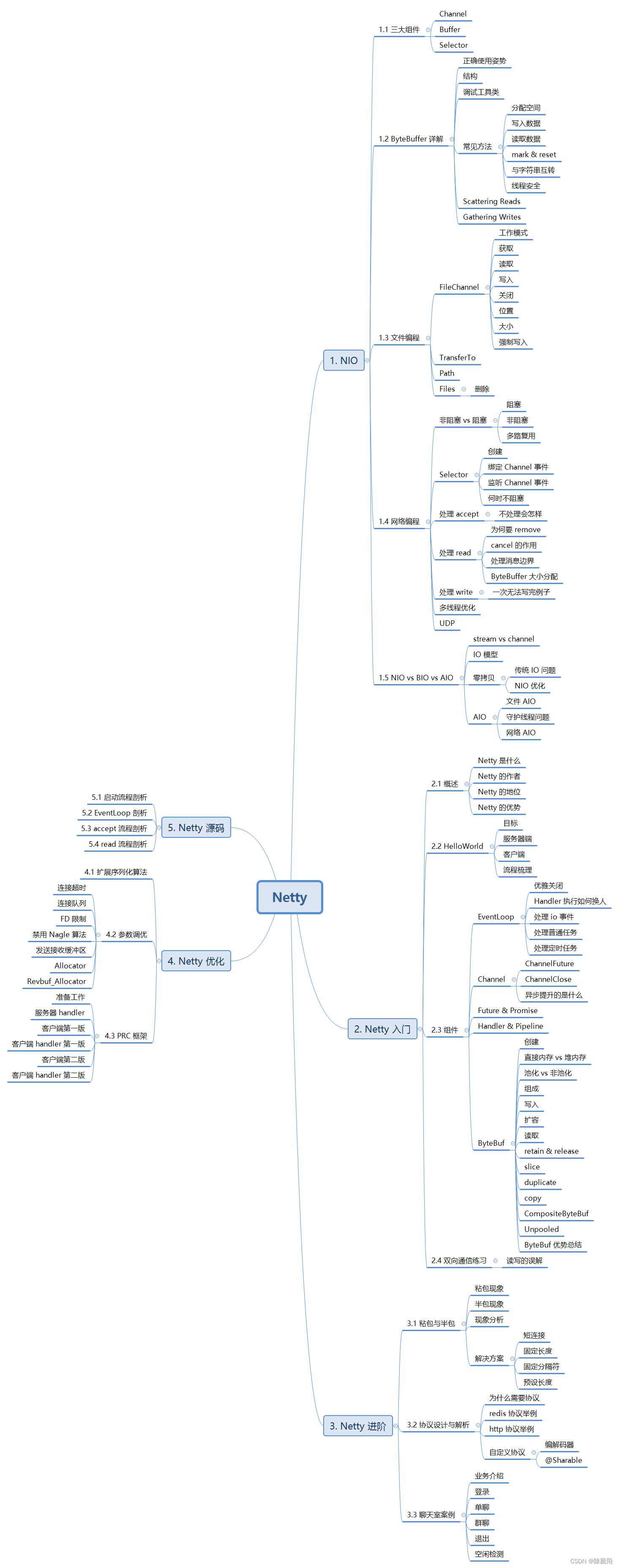




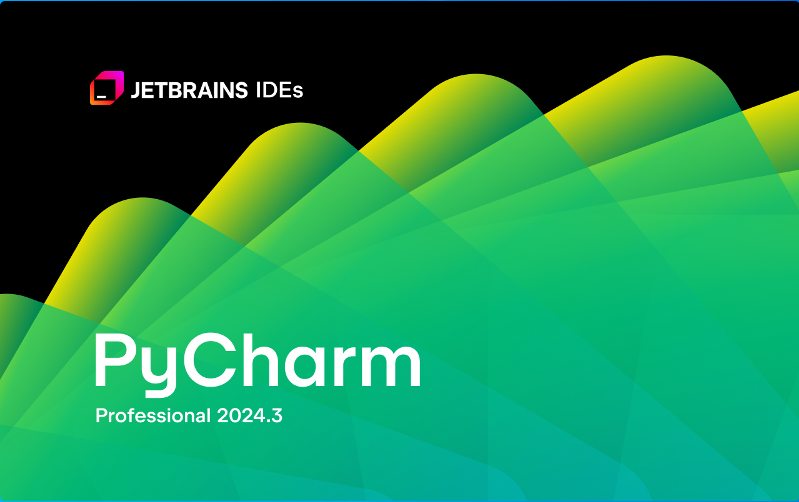
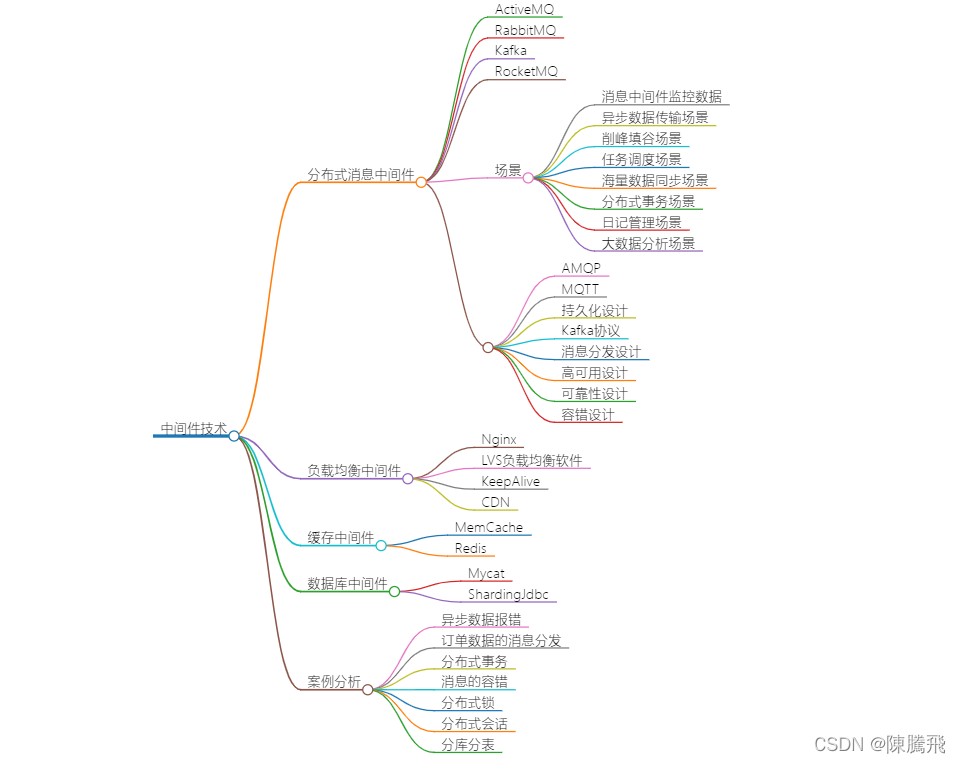


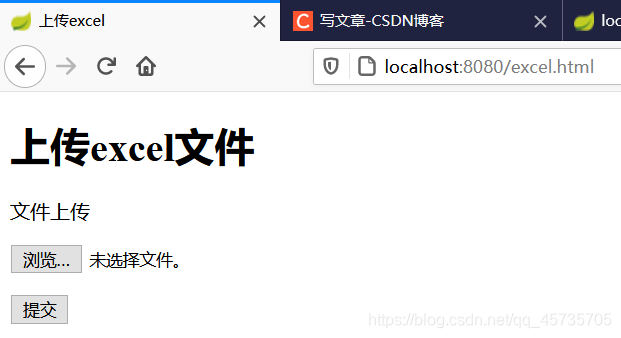

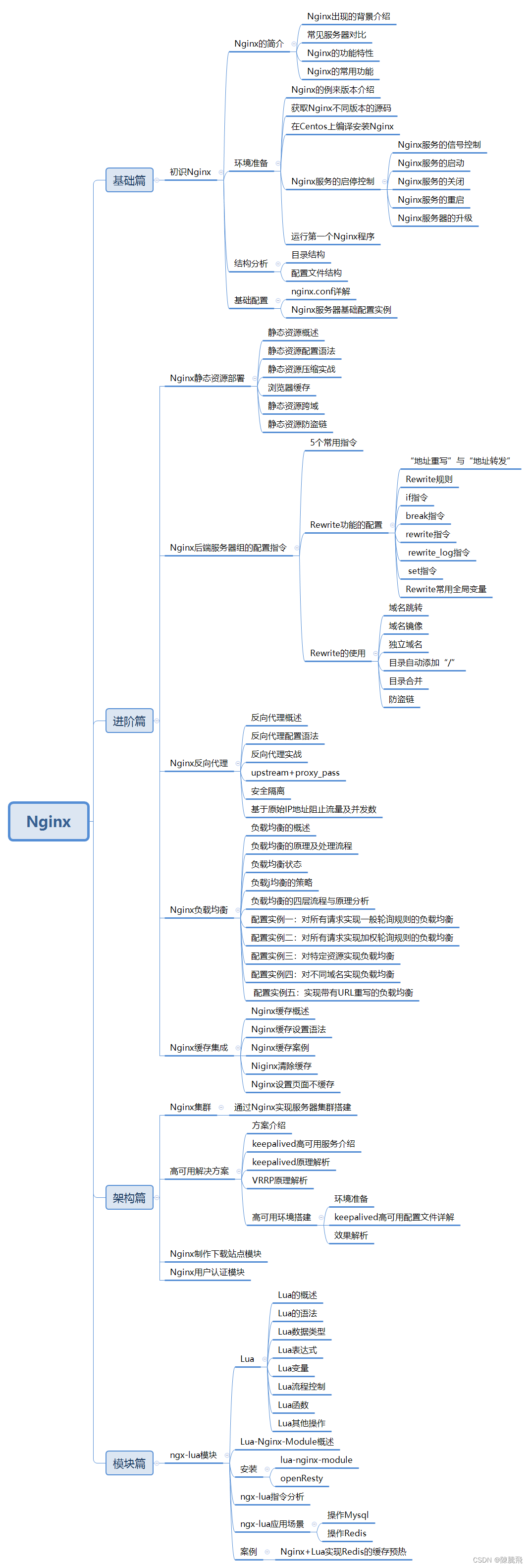

暂无评论内容